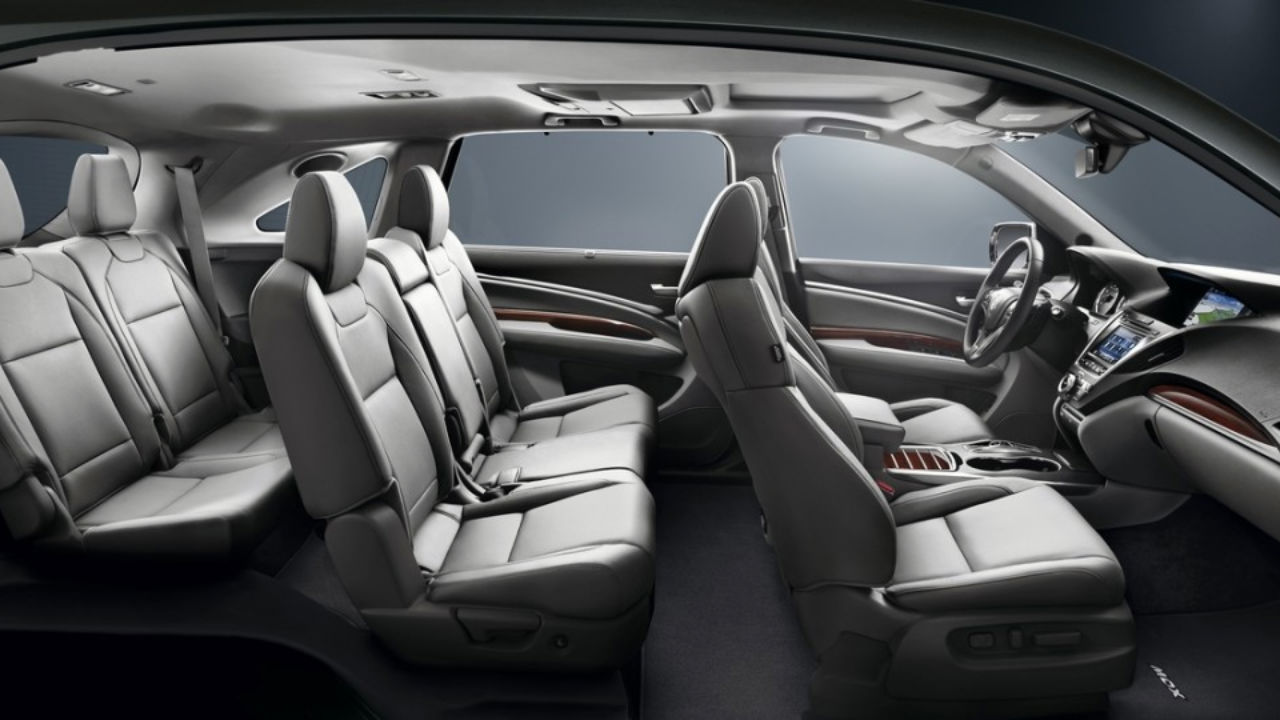More often than not, a buyer considers various aspects of a car, from its exterior looks to its mechanicals, to decide on a car purchase. However, the primary fact remains that once you buy a car, most of your time is spent inside it. Consequently, how a car’s cabin is should become one of the primary aspects in the decision-making process.
With technology taking precedence, the interiors of a modern car can be overwhelming to someone who prefers a simple and functional cabin. Simultaneously, it appeals to every millennial, with modern technology enhancing comfort and convenience. In this week’s guide to automotive terms, we will break down the interiors of a modern car and explore the various sections inside the cabin.
Before we jump inside a car, here is a beginner’s guide to basic terminologies to make you confident in speaking about cars.
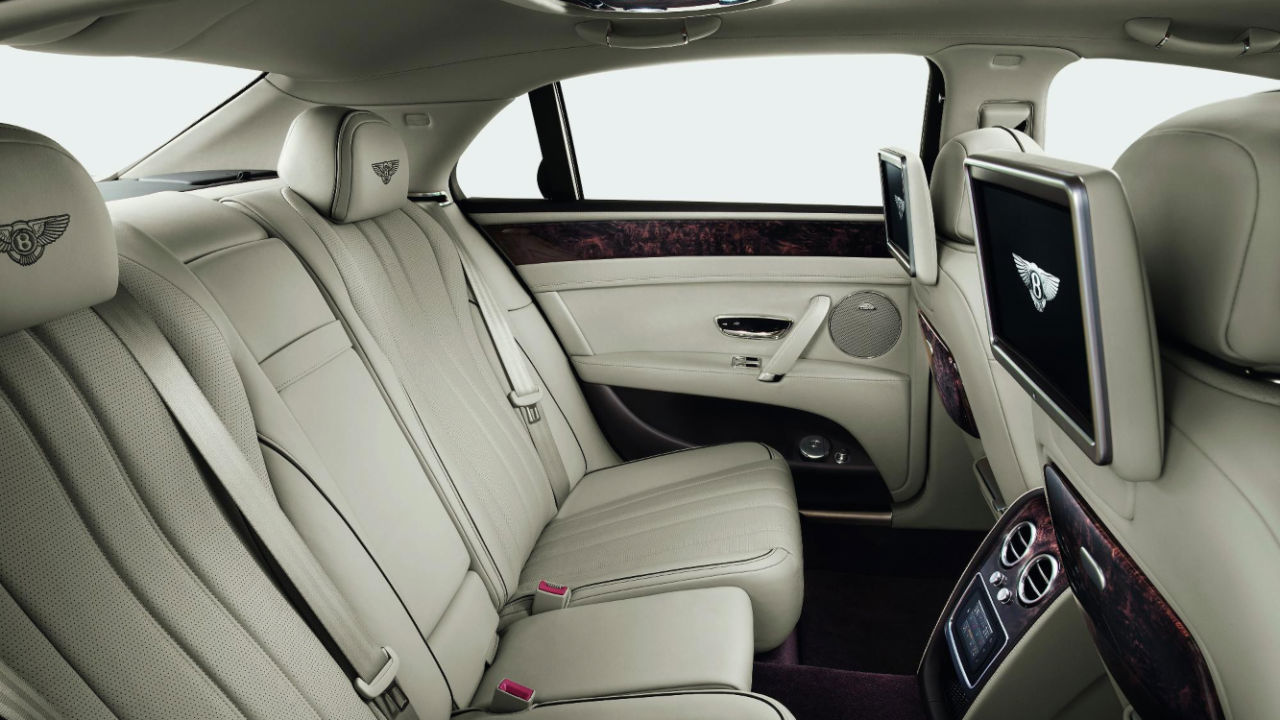
Cabin:
The cabin is the heart of a car, encompassing the interior space where passengers reside. Interestingly, the term “cabin” originally referred to a private compartment on a ship, and over time, it found its way into the automotive lexicon to describe the enclosed space for passengers in a vehicle.
A car’s cabin is basically split into three sections: front area, rear area and boot space. Depending on the car’s segment, additional areas will be added. Here is a complete guide to various car segments present in the automotive realm.
Upholstery:
Upholstery involves the materials adorning the interior, from the seats to the door panels. A cabin’s upholstery comes in various materials, each with its unique characteristics. Fabrics, ranging from natural fibres like cotton to synthetic options such as polyester, provide breathability and a wide range of styles. The upholstery is also what adds colour to the interiors of the car, just like paint on the exterior.
Legroom:

Legroom is the measurement of space available for passengers to stretch their legs comfortably while seated. Some manufacturers do offer long-wheelbase models for extra rear legroom in luxury cars for maximum rear passenger comfort.
Shoulder Room:
The shoulder room pertains to the width of the cabin at shoulder level. A good shoulder room will enable three people to sit comfortably in the rear seat.
Head Room:
Headroom is the vertical space above the seats, allowing passengers to sit without their heads touching the ceiling. Satisfactory headroom is essential for ensuring comfort, particularly for taller individuals.
Boot Space:
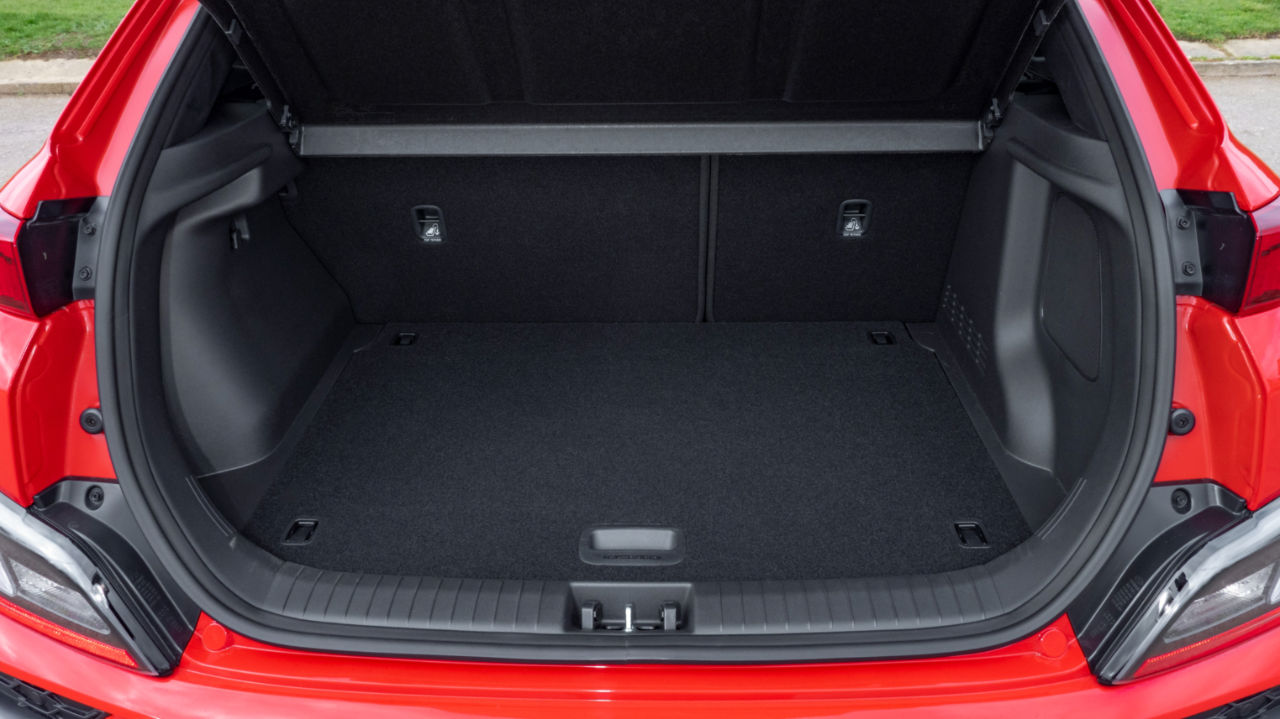
Boot space in a car refers to the storage area located at the rear, typically behind the rear seats. It serves as a compartment for luggage, groceries, or other items.
Seats:
Seats are integral components of a car’s interior, providing support and comfort for passengers. They come in various designs, materials, and functionalities, influencing the overall ergonomic experience during travel.
- Powered Seats: Electrically adjustable for custom comfort.
- Massaging Seats: Built-in motors for on-the-go relaxation.
- Ventilated Seats: Airflow system for a cool and comfortable ride.
- Memory Seats: Customizable seating with saved preferences for convenience.
Steering:
The steering system in a car allows the driver to control the direction of the vehicle. It includes the steering wheel and associated mechanisms. The design and responsiveness of the steering contribute significantly to the driving experience.
Instrument Cluster:
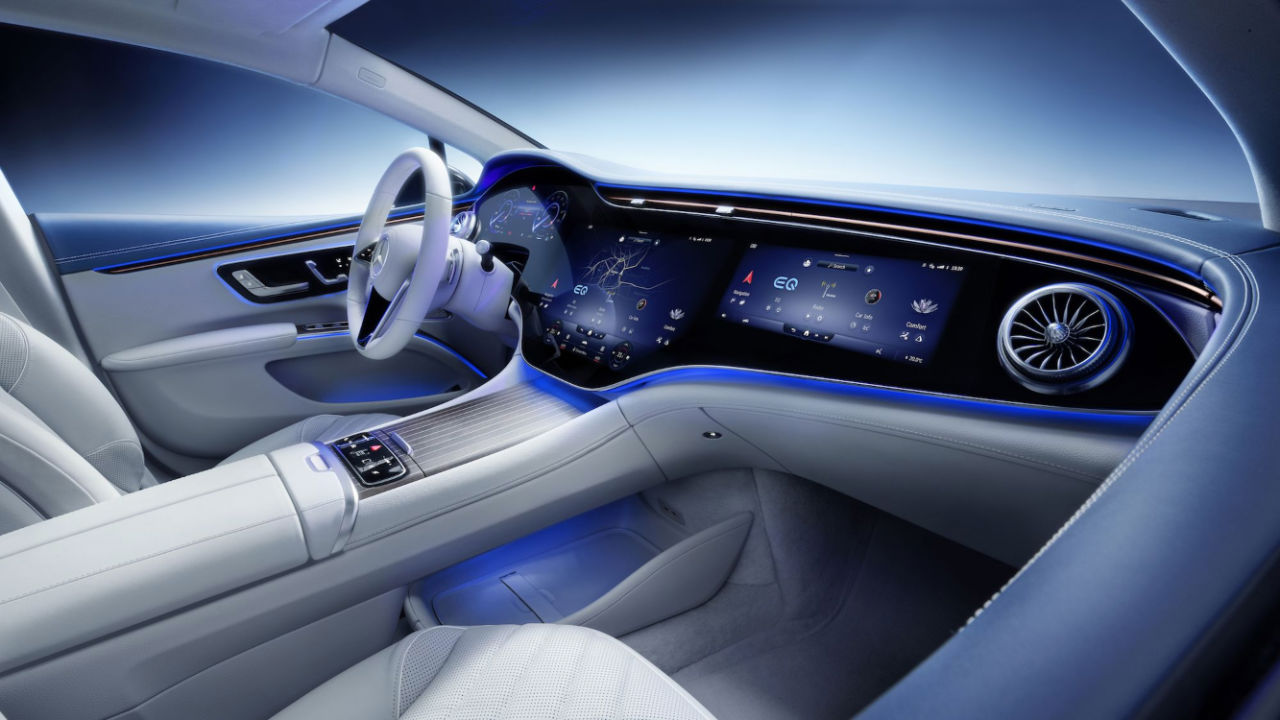
The instrument cluster is a display on the dashboard that provides information about the car’s performance, such as speed, fuel level, and engine temperature. A clear and user-friendly instrument cluster is essential for keeping the driver informed.
Infotainment:
Infotainment encompasses the entertainment and information systems within a car, including touchscreen displays, navigation, and audio controls. An advanced and intuitive infotainment system enhances the overall driving experience. Here are 10 infotainment features that make for an amazing driving experience.
Audio System:
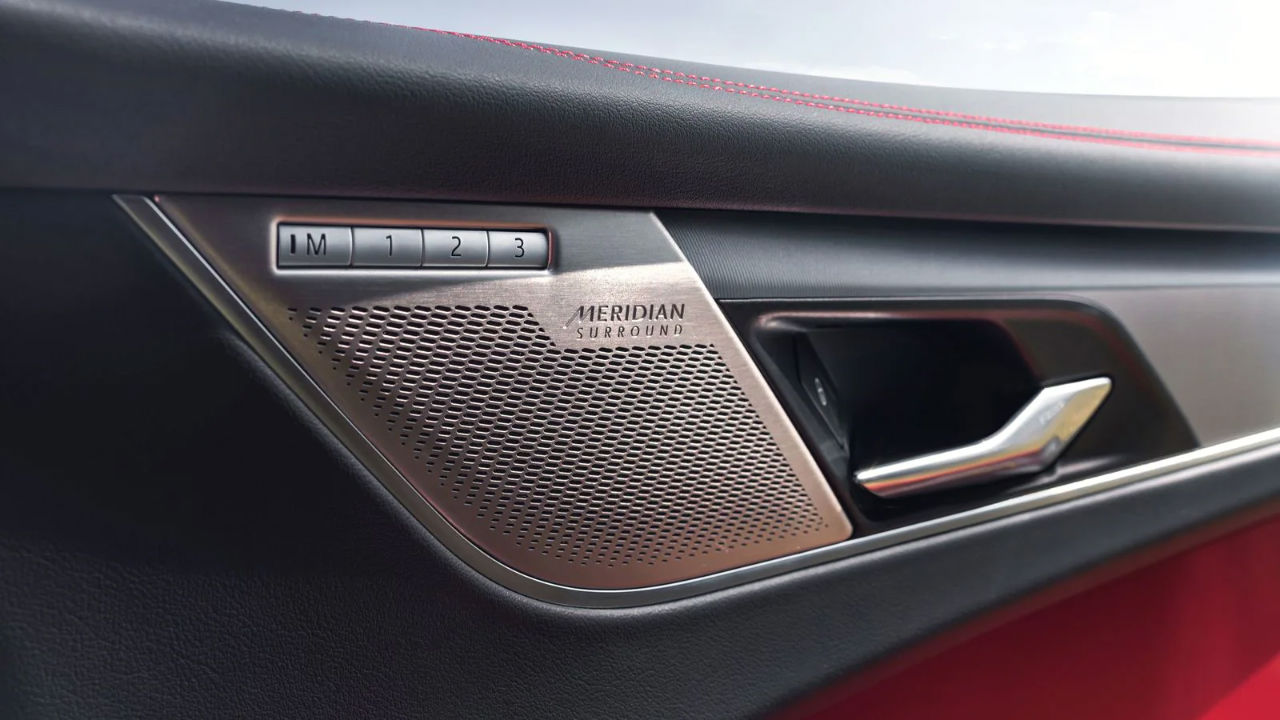
The audio system in a car includes components responsible for playing music and other audio content. The quality of the audio system influences the enjoyment of the ride, offering a more immersive and pleasurable environment.
Climate Control:
Climate control systems in cars regulate the interior temperature through heating, ventilation, and air conditioning (HVAC). A sophisticated climate control system ensures a comfortable environment for passengers in varying weather conditions.
Front & Rear AC Vents:

AC vents are openings that distribute air from the air conditioning system. Front and rear AC vents ensure even cooling throughout the cabin, catering to the comfort of both front and rear passengers.
Seat & Steering Ventilation:
Seat ventilation involves the incorporation of airflow through the seats and steering. This feature enhances comfort, particularly in warm weather, by preventing seats and steering from becoming uncomfortably hot.
Center Armrest:
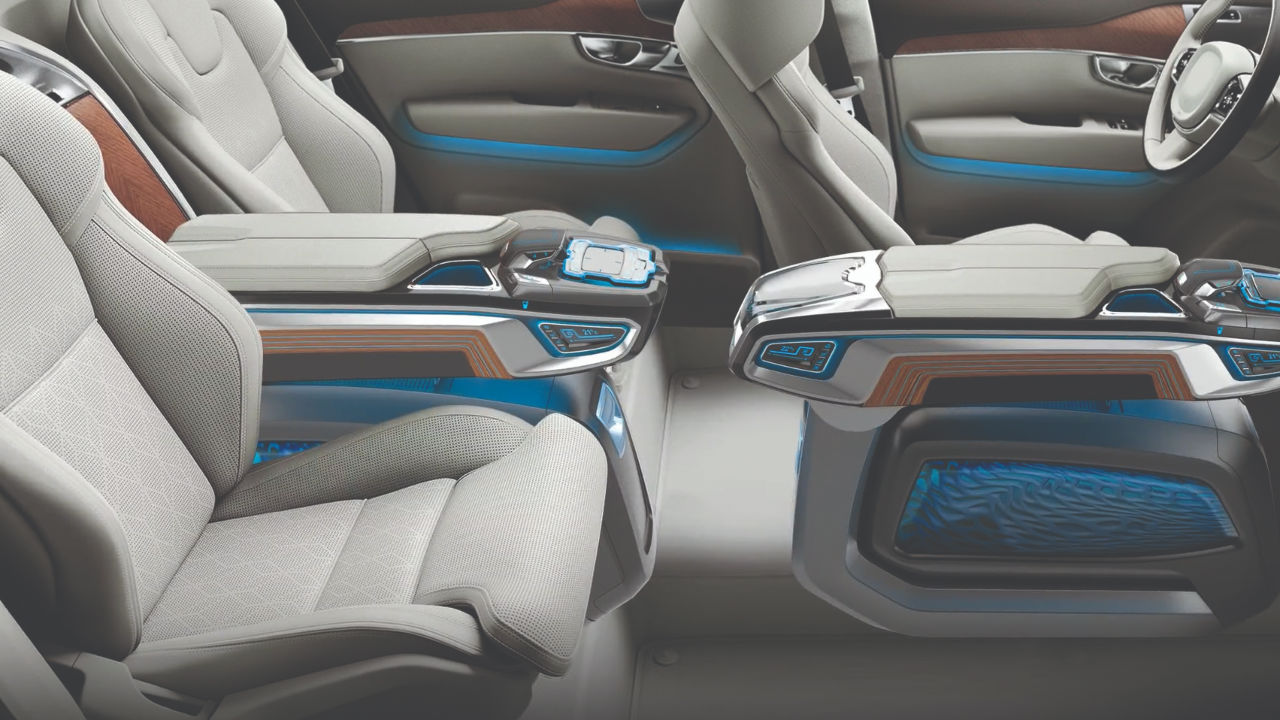
Center armrests in the front and rear of a car provide a comfortable resting place for the driver and passengers. Positioned between the front seats or in the rear seat’s centre, these armrests often house storage compartments and can be folded up or down as needed.
Cabin Lighting:
Cabin lighting includes the interior lights within a car. These lights illuminate the cabin, providing visibility during nighttime driving and creating a pleasant atmosphere. Thoughtful cabin lighting design adds to the overall aesthetic appeal of the interior.
Ambient Lighting:
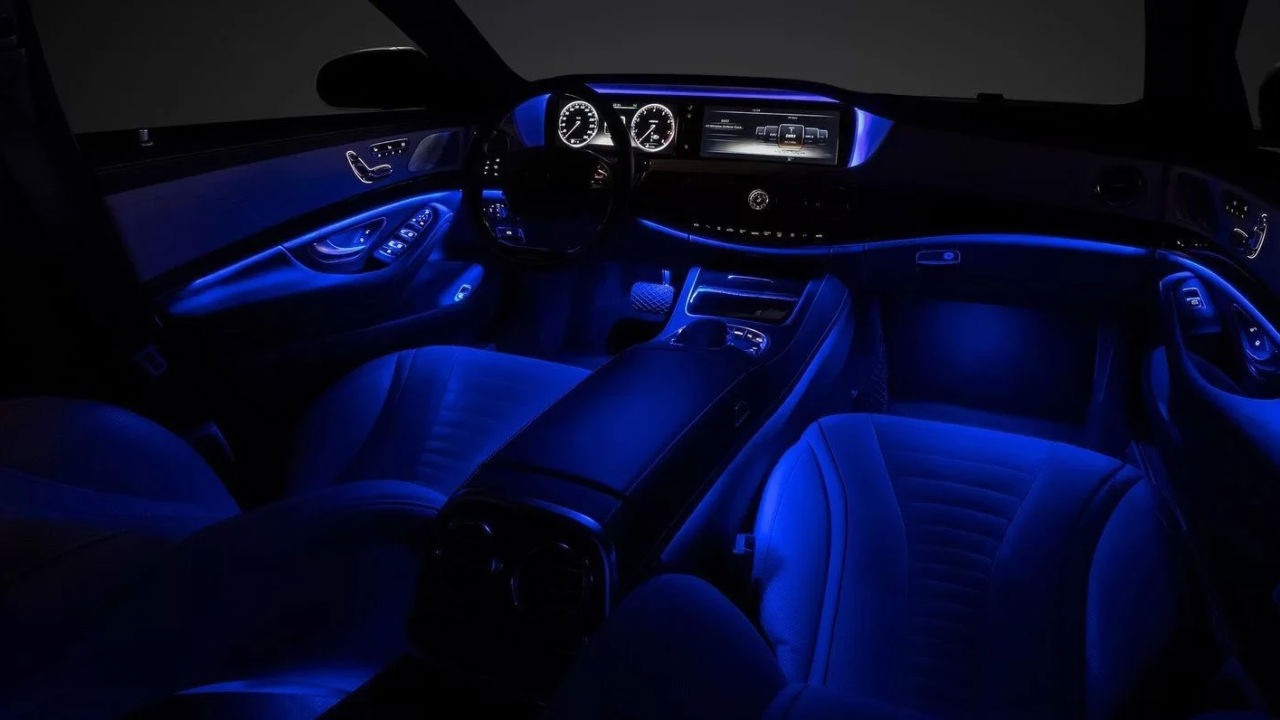
In-car ambient lighting adds subtle, customizable illumination to enhance the overall cabin atmosphere. Found in various areas like footwells and door panels, it not only improves visibility but also adds a touch of sophistication and personalization to the driving experience.
Cup Holders:
Cup holders are compartments designed to hold beverage containers securely within the car.
Door Pockets:
Door pockets are storage compartments integrated into the car doors, providing additional space for small items.

Glove Box:
The glove box is a compartment in the dashboard or console, typically used for storing various items like documents, manuals, and small belongings.
Sunroof:
A sunroof is a movable panel on the roof of a car that can be opened to allow natural light and fresh air into the cabin. Sunroofs contribute to a more open and airy feel in the interior.
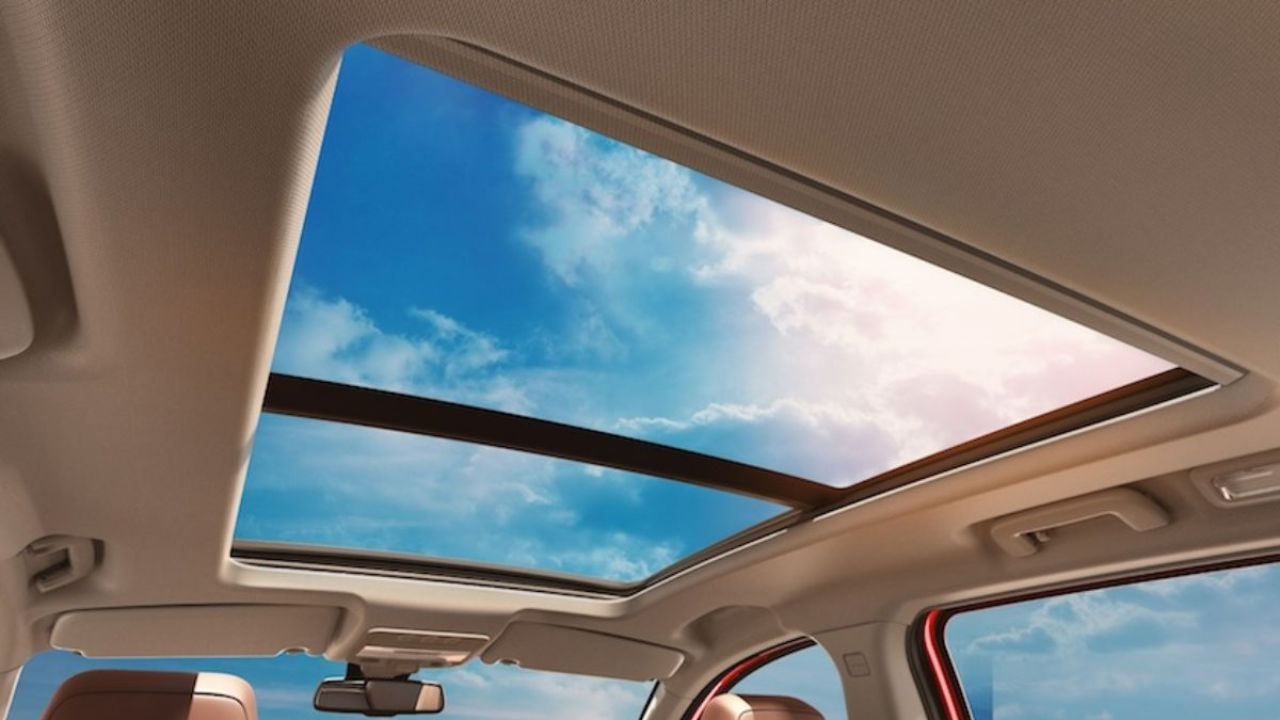
Windows & Sunblinds:
Windows are the glass openings in the car, and sunblinds are shades that can be pulled across windows to block sunlight and enhance privacy.
Seatbelts:
Seatbelts are safety restraints worn by passengers to prevent injury during sudden stops or collisions.
Airbags:
Airbags are safety devices that inflate rapidly in the event of a collision, providing a cushion to protect occupants.
ISOFIX Mounts:

ISOFIX mounts are standardized attachment points for child safety seats, ensuring a secure installation.
IRVM & ORVM:
The Interior Rear View Mirror (IRVM) provides a view of the rear of the car from the driver’s perspective. Outside Rear View Mirrors (ORVM) provide additional views to the sides and rear of the car, aiding the driver in manoeuvring and enhancing overall visibility for safe driving.
There you have it, those are the interiors and features that are part of a car’s cabin. We will be going into detail on various interior sections in the coming weeks on our weekly guide to automotive terms. Keep an eye on the DubiCars Blog section for more such guides.
Looking to own a car? Here is a list of used cars on sale in the UAE and new cars on sale in the UAE.

